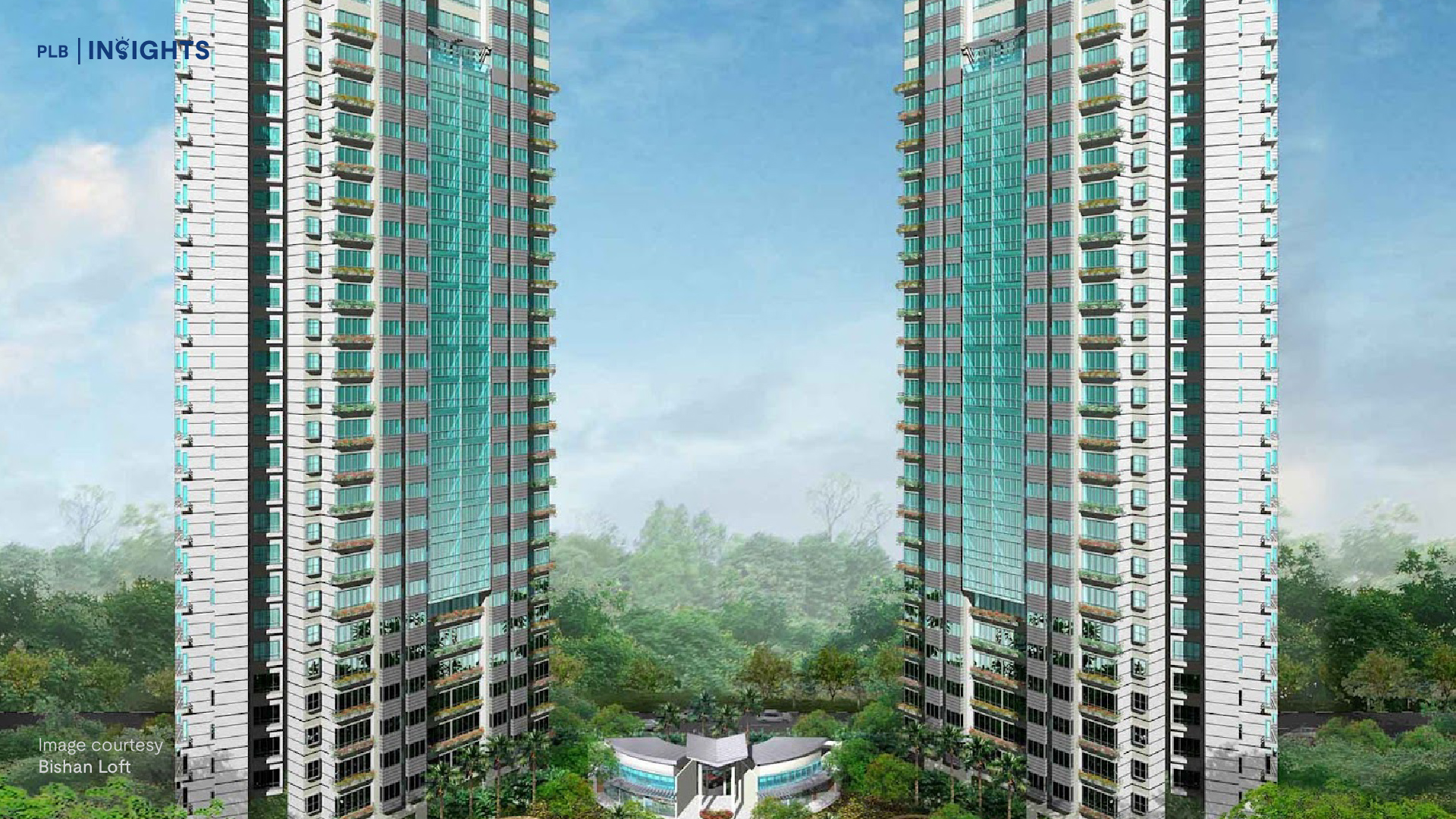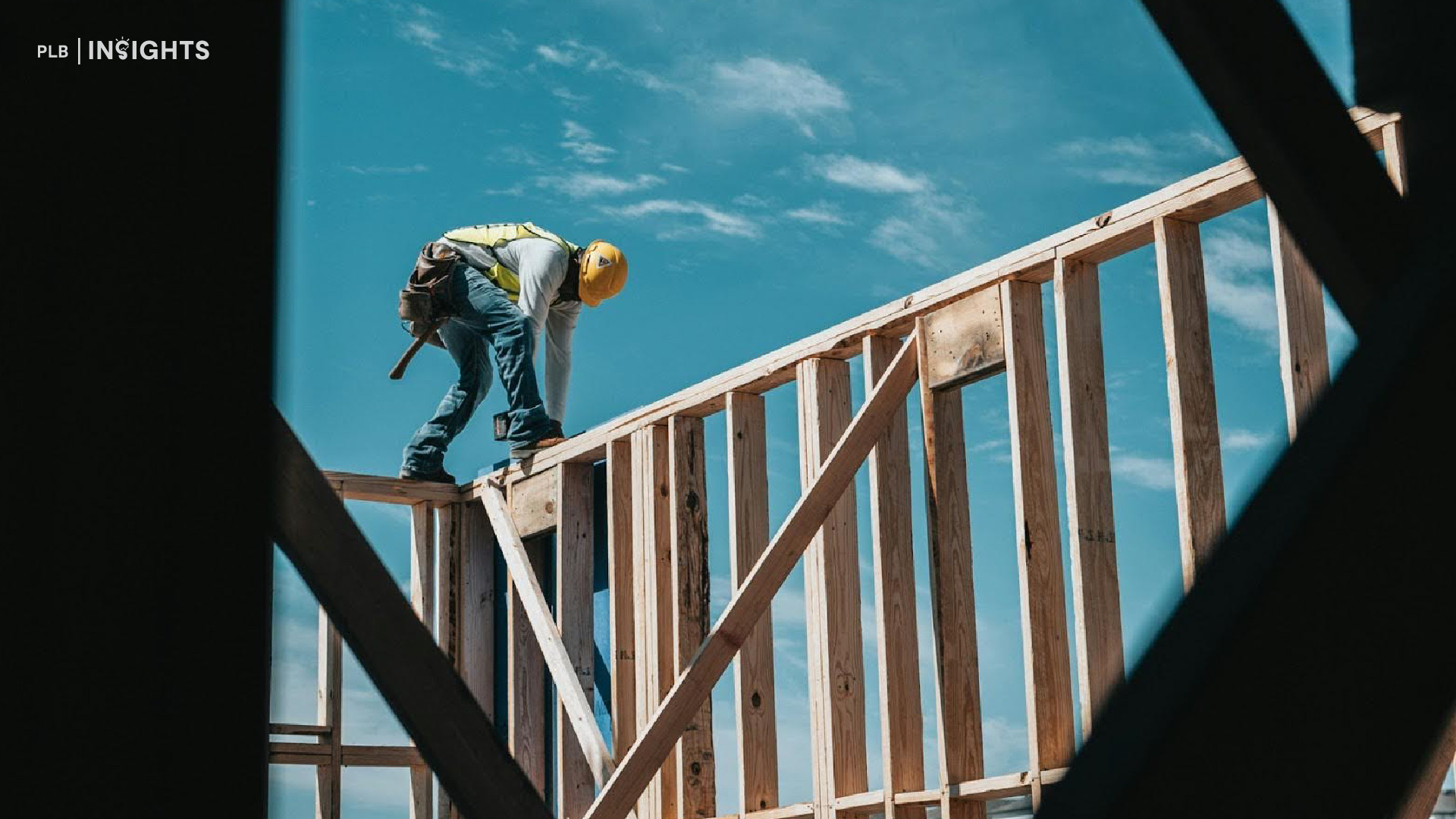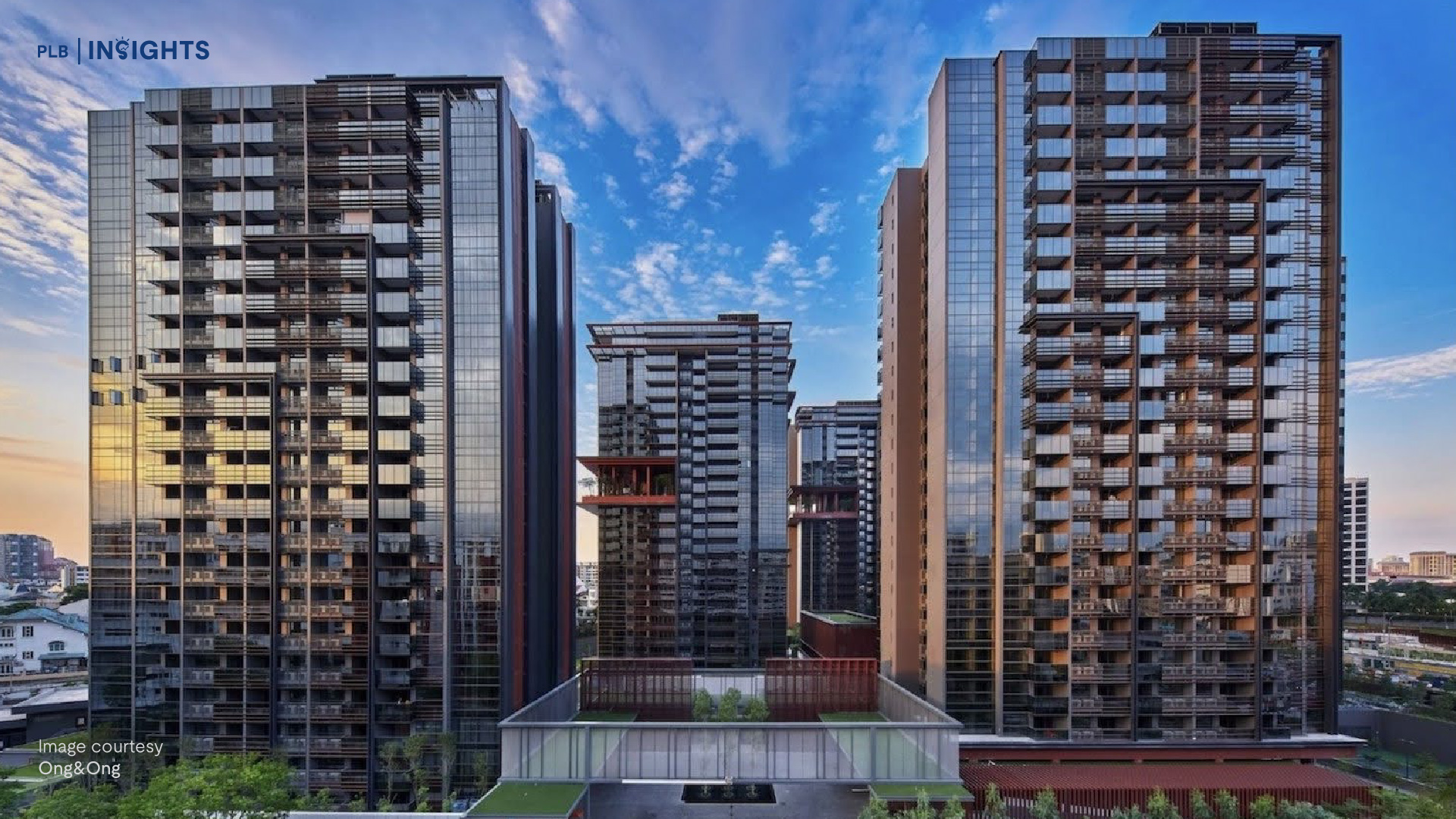
The Jurong Lake District (JLD) is set to become Singapore’s largest business district outside the city centre, with a vision to establish itself as the nation’s second Central Business District (CBD). However, recent developments may have presented a challenge to this ambitious plan. A major land tender within the district, despite attracting strong concept proposals from a consortium of developers, failed to reach an agreement due to a lower-than-expected bid. As a result, the site will be placed on the reserve list and be put up for tender only when a developer submits an offer acceptable to the government.
This situation highlights the complexities of handling such a large and critical site but also presents an opportunity for reassessment. Breaking the 6.5-hectare white site into smaller parcels could attract a wider range of developers. With potential new launches on the horizon and a closer look at price trends in existing residential properties, there’s still much to look forward to in the district’s future.
In this article, we’ll explore the implications of this recent tender failure, the case for breaking down the site into smaller parcels, and the opportunities for new residential launches in JLD, offering a broader perspective on the district’s ongoing development.
Tender Failure: A Setback for Developers
When the 6.5-hectare white site in JLD was put up for tender by the Urban Redevelopment Authority (URA), it was met with cautious optimism. The consortium involved included heavyweight developers like CapitaLand Development, City Developments Limited, and international players such as Mitsubishi Estate. The tender proposed a concept that would incorporate a vibrant mix of office, residential, and retail spaces, with a vision of transforming JLD into a dynamic district that balances live, work, and play.
Yet, the tender was ultimately unsuccessful, largely due to the authorities deeming the bid price to be too low, which amounted to approximately $640 per square foot per plot ratio (PSF PPR). This is a significant setback for the developers, who would have invested considerable resources in drawing up their proposals. Moreover, the failure to award the tender delays the much-anticipated transformation of JLD, potentially postponing its development by years.
For Singapore, this represents not just a missed business opportunity, but also a potential delay in its CBD decentralisation plan. The JLD is seen as a critical component of efforts to distribute business activity more evenly across the island, relieving congestion in the city’s CBD and offering new opportunities for economic growth.

The Case for Breaking Down the JLD Site
The failure of the JLD tender has led to discussions about adopting a more pragmatic approach to development. One suggestion gaining traction is to break the site into smaller parcels that could be more palatable to developers. In the current economic climate, where higher construction costs make mega-projects a risky proposition, smaller plots offer a more manageable and financially feasible option for developers.
Offering smaller parcels with shorter development timelines could make it easier for developers to commit to projects in JLD, reducing the burden of taking on large, high-risk ventures. Additionally, breaking the site into smaller parcels could encourage a greater diversity of architectural styles and innovations, resulting in a more dynamic and vibrant urban environment.
Smaller sites also offer developers the flexibility to respond to market conditions quicker, allowing for faster construction timelines. This approach could bring the long-term vision of JLD as Singapore’s second CBD closer to fruition. As the authorities consider this path, the broader goal of ensuring that developments in JLD are environmentally sustainable and well-integrated remains key.

Decentralisation: The Importance of Jurong Lake District as a Second CBD
JLD plays a critical role in Singapore’s long-term urban planning strategy, particularly in terms of decentralisation. As the city’s population and business sectors continue to grow, the existing CBD faces significant challenges such as congestion, high rents, and limited space for further expansion. Developing JLD as a second CBD offers a unique solution to these issues, spreading out economic activity and easing the strain on central business areas.
The strategic importance of JLD lies in its proximity to key transportation hubs, such as the possible future Kuala Lumpur-Singapore High-Speed Rail (HSR) station and major expressways. It is also located near significant educational and research institutions, including Nanyang Technological University (NTU) and the Science Park, which drives innovation and attracts talents. The district’s accessibility via public transport, including the imminent Jurong Region Line (JRL), further boosts its appeal for businesses and residents alike.

Furthermore, the transformation of JLD aligns with Singapore’s ambition to become a global leader in sustainable urban development. JLD is positioned to be a “model sustainability district,” with plans for new developments to achieve net-zero emissions by 2045. As businesses globally continue to focus on environmental, social, and governance (ESG) goals, the promise of green developments in JLD could attract multinational corporations that are committed to sustainability and shape the sustainability landscape regionally.

Challenges to Jurong Lake District’s Development
While the vision for JLD as a second CBD is compelling, there are still notable challenges that need to be addressed. The increasing prevalence of remote work and the rise of digital technologies have raised questions about the long-term demand for office space. With companies adopting hybrid work models, some may be hesitant to invest in large office developments.
In addition, businesses located in JLD may struggle to attract talent from all parts of Singapore, particularly those living in the eastern regions, who may find the commute less convenient. However, as the article points out, office environments will continue to play a crucial role in fostering collaboration and innovation. The strategic location of JLD, combined with its green ambitions, makes it a highly attractive destination for businesses focused on long-term growth.
Given these considerations, there is an urgency to push forward with the development of JLD. Delays in awarding the tender for the white site may have already set the project back, and further delays risks undermining the broader goals of decentralisation and sustainable development.

Upcoming New Launches in Jurong Lake District
Despite the challenges, the residential real estate market in JLD remains vibrant, with several projects on the horizon. Recent launches such as Sora, J’den, The LakeGarden Residences, and the relatively recent Lake Grande development have all been well received during their respective launches. These projects play a key role in supporting JLD’s transformation into a dynamic, mixed-use district where residents can seamlessly live, work, and play.

The new residential offerings in JLD cater to a diverse range of homebuyers, from young professionals seeking convenience and proximity to their workplaces to families drawn to the district’s well-connected, lively community. With enhanced public transport links and easy access to recreational amenities like Jurong Lake Gardens, these launches present an attractive opportunity for long-term capital appreciation and a high quality of life.

Price Trends of Existing Residential Properties in Jurong Lake District

In Q3 2024, District 22 recorded 201 sales transactions for private non-landed residences, including resale, new launch, and sub-sales. While this represents a significant drop from the 411 transactions in Q4 2023, it still reflects a healthy level of activity, underscoring the strong demand for private non-landed homes in the district.
As for average per square foot (PSF) price growth, the area saw an impressive 91% increase overall, from Q1 2022 to Q3 2024. While this substantial growth is not fully representative of price trends across all non-landed properties in the district, as it is largely driven by rising new launch prices in recent years, it does highlight the potential for capital appreciation in District 22’s private non-landed market.

Examining the price trends of some existing condominium projects in the Jurong Lake District from October 2021 to September 2024, all the developments analysed show a healthy average PSF price growth. The projects include The Lakeshore, Parc Oasis, The Mayfair, and Parc Vista.
During this period, Parc Oasis saw a PSF price growth of 17.14%, followed by The Lakeshore at 16.13%, The Mayfair at 14.15%, and Parc Vista at 11%. Despite Parc Oasis being completed in 1995 and the newest being The Lakeshore that was completed in 2007, these older developments still demonstrated strong price growth. This reflects the potential for capital appreciation in the area, and as the Jurong Lake District continues to transform, the value of surrounding residential properties is expected to rise further.
In Conclusion
The future of JLD holds immense promise as it continues to evolve into a vibrant second CBD that seamlessly blends commercial growth with sustainable living. Whatever the authorities decide—whether it’s breaking the site into smaller parcels or pursuing a different strategy—we can trust that their choices will shape the district to meet Singapore’s long-term urban development goals.
For investors, developers, and homebuyers, JLD remains a unique opportunity. The upcoming residential launches and the steady rise in property prices reflect the area’s strong potential for long-term capital appreciation. Despite the outcome of the white site bid, the district’s transformation will play a crucial role in decentralising business activities, attracting global talent, and promoting sustainable urban growth.
With its continued progress, JLD is well-positioned to drive both residential and commercial growth, making it a key player in Singapore’s future urban landscape.
Looking for your ideal home or investment property in Jurong Lake District? Reach out to us today. Our expert consultants are ready to guide you through every step, ensuring you enjoy a smooth and fulfilling retirement.







